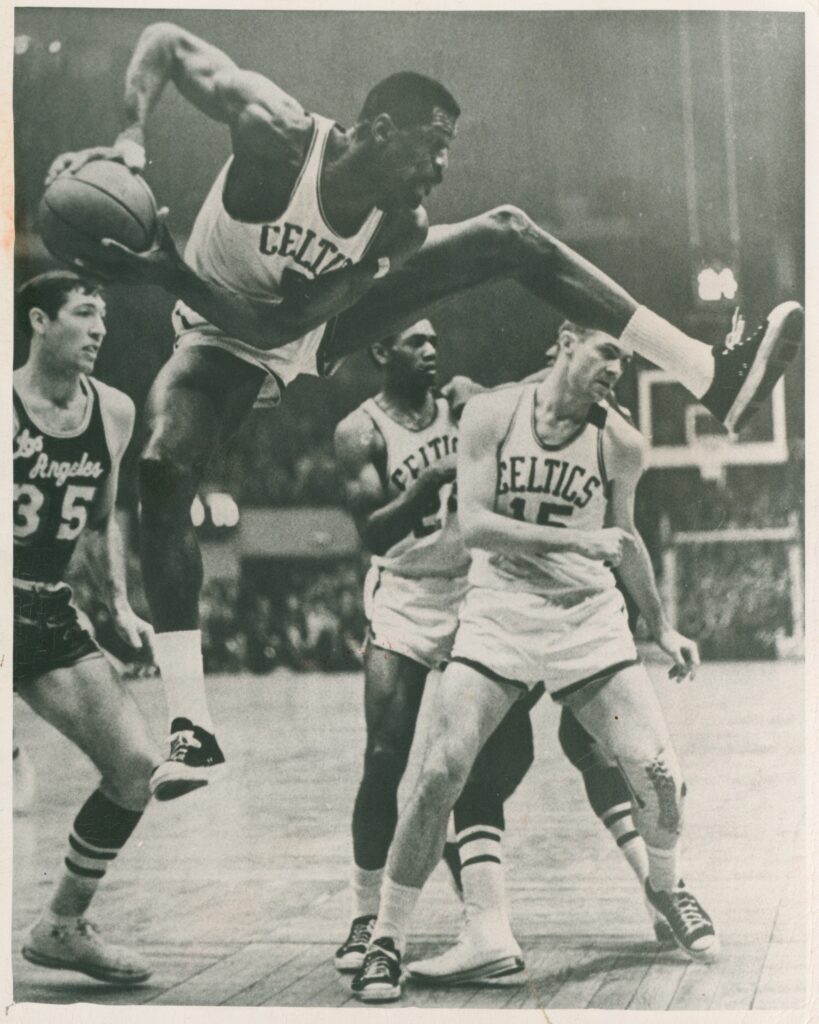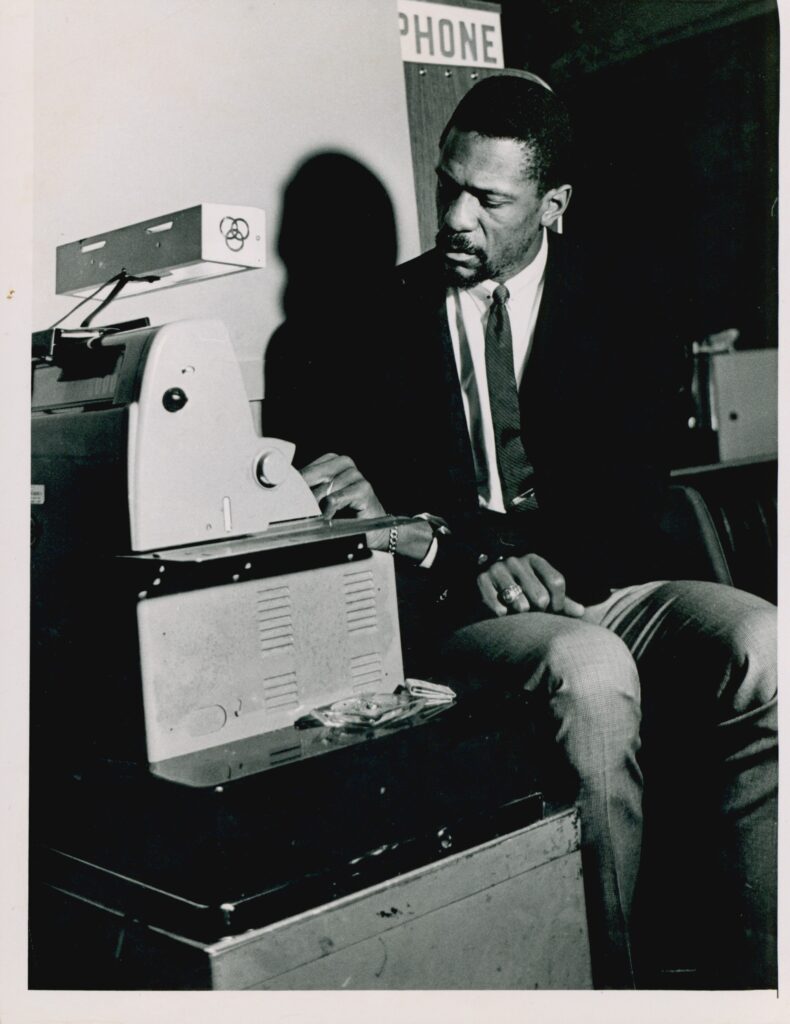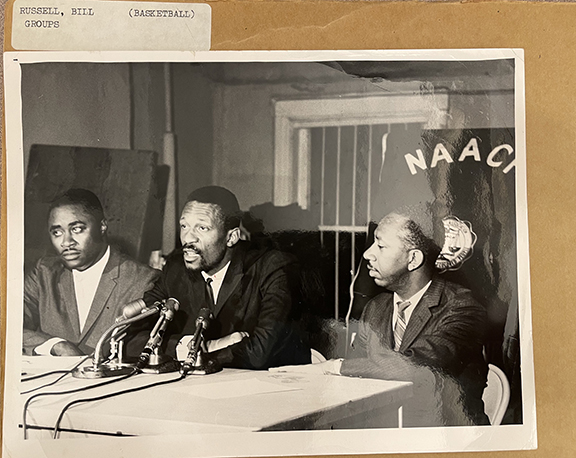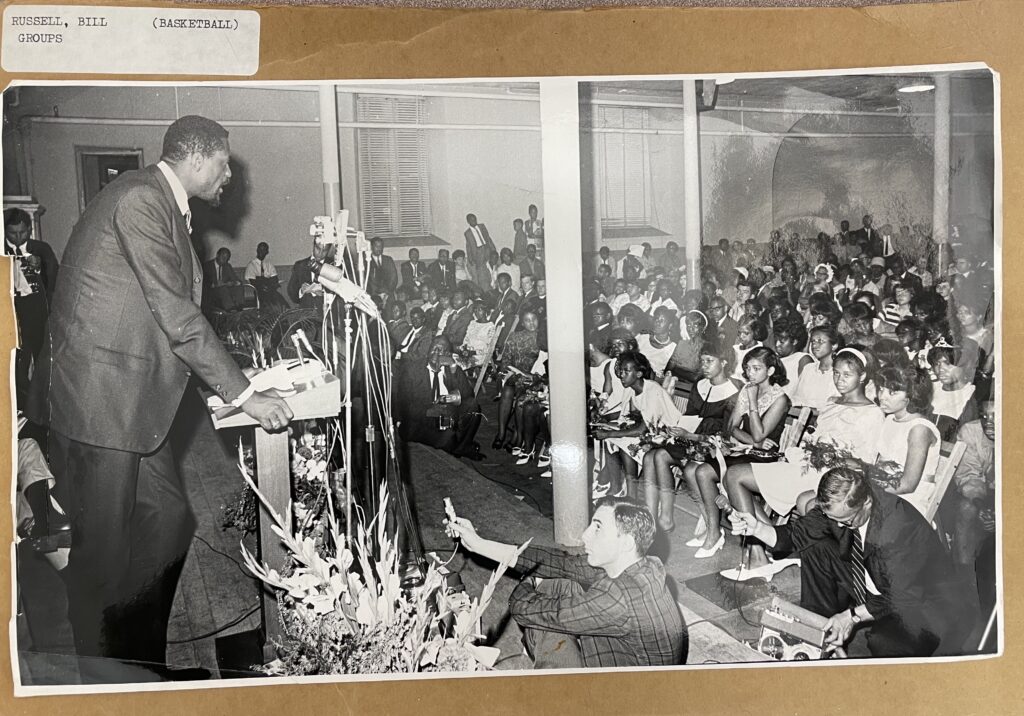Reflecting on reparative description initiatives in the Digital Repository Service
In an effort to engage in reparative description and a desire to improve the Library’s approach to processing and publishing digital collections by incorporating inclusive, non-discriminatory principles into our workflows, the Digital Production Services Department has been seeking new methods of description for digital collections that do not perpetuate harm to our patrons or to the communities described in the collections.
Admittedly, these are not new concepts. Building on the work of institutions and organizations such as the Digital Transgender Archive, Digital Public Library of America, and Digital Commonwealth (along with a host of other colleges and universities), our department has chosen to move forward with a three-pronged approach:
- Creating an actionable list of reparative metadata practices we can engage in on the item and collection level with the Library and Archives’ collections in the Digital Repository Service (DRS).
- Implementing updates for the upcoming version of the DRS, including new and expanded features which support inclusive description and mitigate harm.
- Writing and generating institutional buy-in for a library-wide statement on conscious and inclusive description of our resources.
Much of this work is still underway, but we have made a lot of progress generating item-level statements to provide context to sensitive and questionable materials. We documented criteria for selecting items that need statements, instigated a regular group review with members of Archives for content that rises to the need of consideration, created thematic categories of content that merits item-level statements, and generated documentation to track and manage the addition of these statements to DRS resources. We have currently added contextual statements to over 120 individual items with our institutional repository. If you would like to review these materials in greater detail, here is a link to a set of materials we’ve added statements to (some materials may require you to sign into the DRS).
Here are some statistics from the initial implementation of this work:
- More than 90% of the currently identified resources come from the Northeastern University Archives and Special Collections (NUASC), while the remainder of the Library’s collections that contain sensitive content come from community-built archives such as the Our Marathon collection (public collection). NUASC collections that content sensitive material include (but are not limited to):
- Boston Globe Library Collection (M214, collection limited to Northeastern University users)
- Boys and Girls Clubs of Boston, Inc., records (M103, public collection)
- Young Men’s Christian Association of Boston records (M13, public collection)
- Lower Roxbury Black History Project (M165, public collection)
- Over 50% of the sensitive content contains overt racism or other forms of discrimination. The next most common category is graphic description of bodily harm, which almost exclusively comes from the Boston Globe Library Collection.
- The content types vary, but almost 80% of identified digital objects are photographic in nature, with a much smaller portion of textual or audiovisual materials.
- Two most commonly used statements are as follows:
- This item has been flagged for racist or harmful content. We are preserving and making this item available as part of the historical record, but it does not reflect the values of Northeastern University Library. If you have any questions or concerns, please contact the Northeastern University Library Archives and Special Collections at archives@northeastern.edu.
- This item has been flagged for a graphic depiction of bodily harm that may not be appropriate for all audiences. If you have any questions or concerns, please contact the Northeastern University Library Archives and Special Collections at archives@northeastern.edu.
Takeaways from patterns we have noticed in the process of identifying materials for statements:
- As an institution that collects a wide variety of community-focused Civil Rights Era materials, there are a lot of items within the DRS that benefit from additional context and/or acknowledgement. For example, the Freedom House, Inc., records (M16, public collection) follows the institutional history of a community organizing group built to centralize activism for neighborhood improvement, quality education, and social, racial, and religious harmony in Roxbury, Mass. They collected a number of materials from an anti-busing racial hate group called ROAR, whose pamphlets and press releases we have digitized and added content statements to.
- Photographs often lack context on the item level and therefore can be more jarring in their sensitivity. This is especially evident in the Boston Globe Library Collection, which contains thousands of print photographs taken by newspaper staff or contract photographers. Organized by topical subjects, the photo archive contains imagery related to difficult themes such as anti-busing demonstrations, fires, crime, and bombings.
- There are items in the DRS which may be upsetting to some viewers, but after reaching consensus with the Archives staff, we do not feel that they rise to the level of needing contextual statements, given that their visual meaning is derived from their academic and research merit, such as marine animal necropsy photos in the Ocean Genome Legacy Project (public collection).
Ultimately, this is an ongoing process—one that will continue to need reflection and consideration from Library and Archives staff, as well as additional research on what other respected institutions are doing to provide context and mitigate harm. Inclusive descriptive practice is iterative, and as we continue this work, we will continue to reflect on the most effective ways to serve our users.



